Remote sensing of atmospheric properties using GNSS signals
University of Nova Gorica has in 2011 installed two dedicated GSV4004B GPS Ionospheric Scintillation & TEC Monitor (GISTM) which are located at the University of Nova Gorica campuses in Rozna Dolina and Ajdovscina (Figure 1). The two units are providing continuous ionospheric measurements, such as the Total Electron Content (TEC), fluctuations in TEC, scintillation indices (fluctuations in amplitude and phase of the signal), based on which we can monitor local response to ionospheric disturbances. These two stations can in addition monitor integrated water vapor content in the troposphere, as radio wave propagation suffers distortions due to the presence of water vapor in the troposphere. Accurate measurements of refraction of GPS signals by our monitors allow for the estimation of the integrated water vapor content along the signal path.
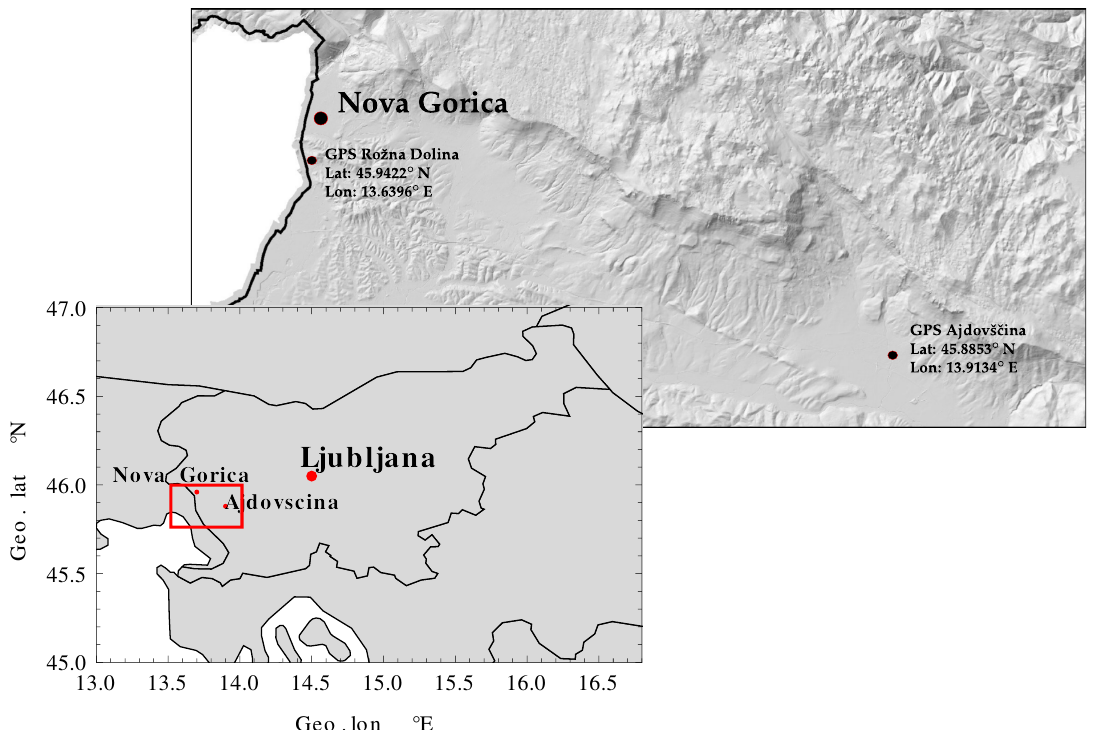
Figure 1: Locations of UNG ionospheric GPS monitors in Nova Gorica and Ajdovščina.
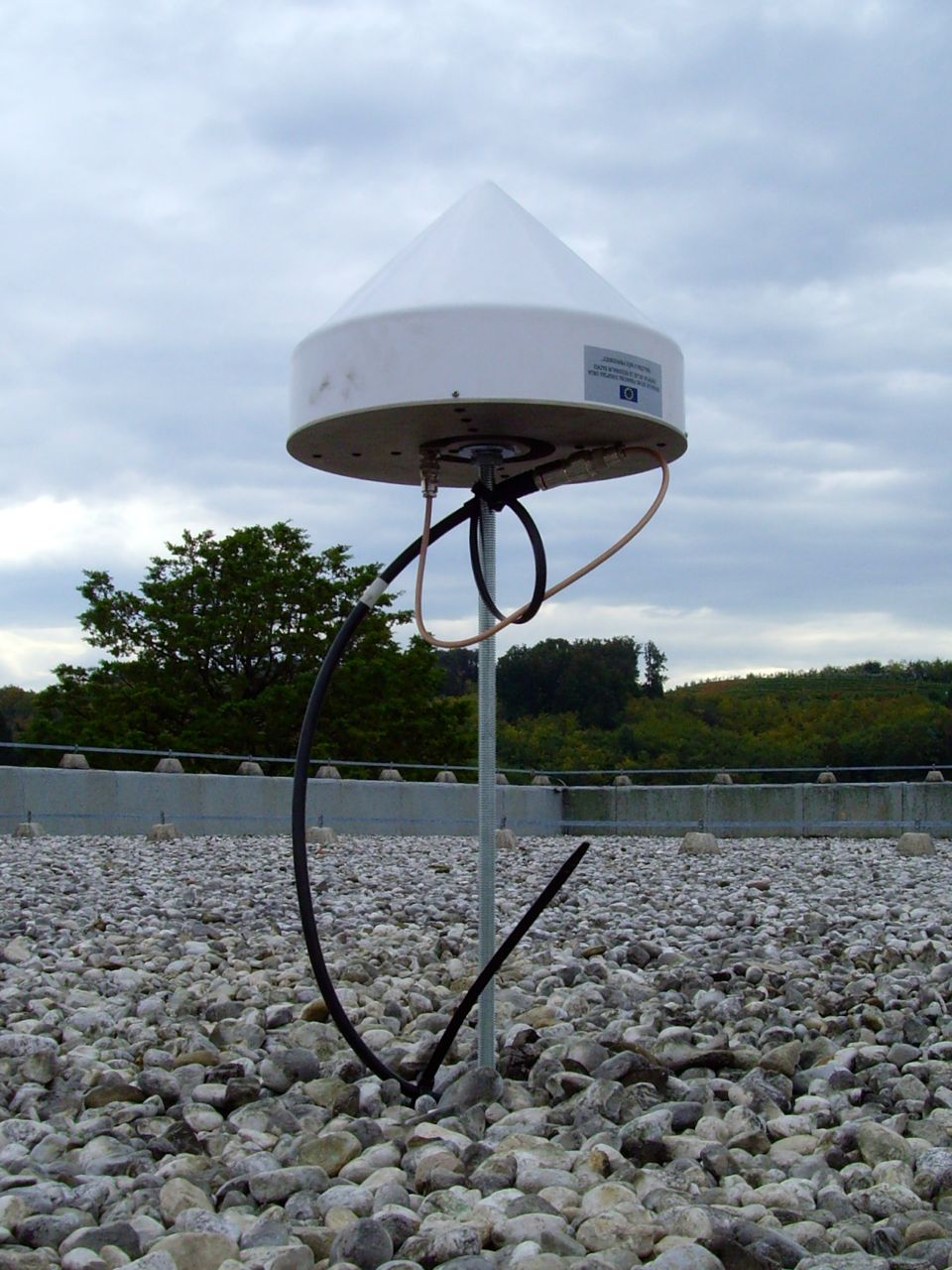
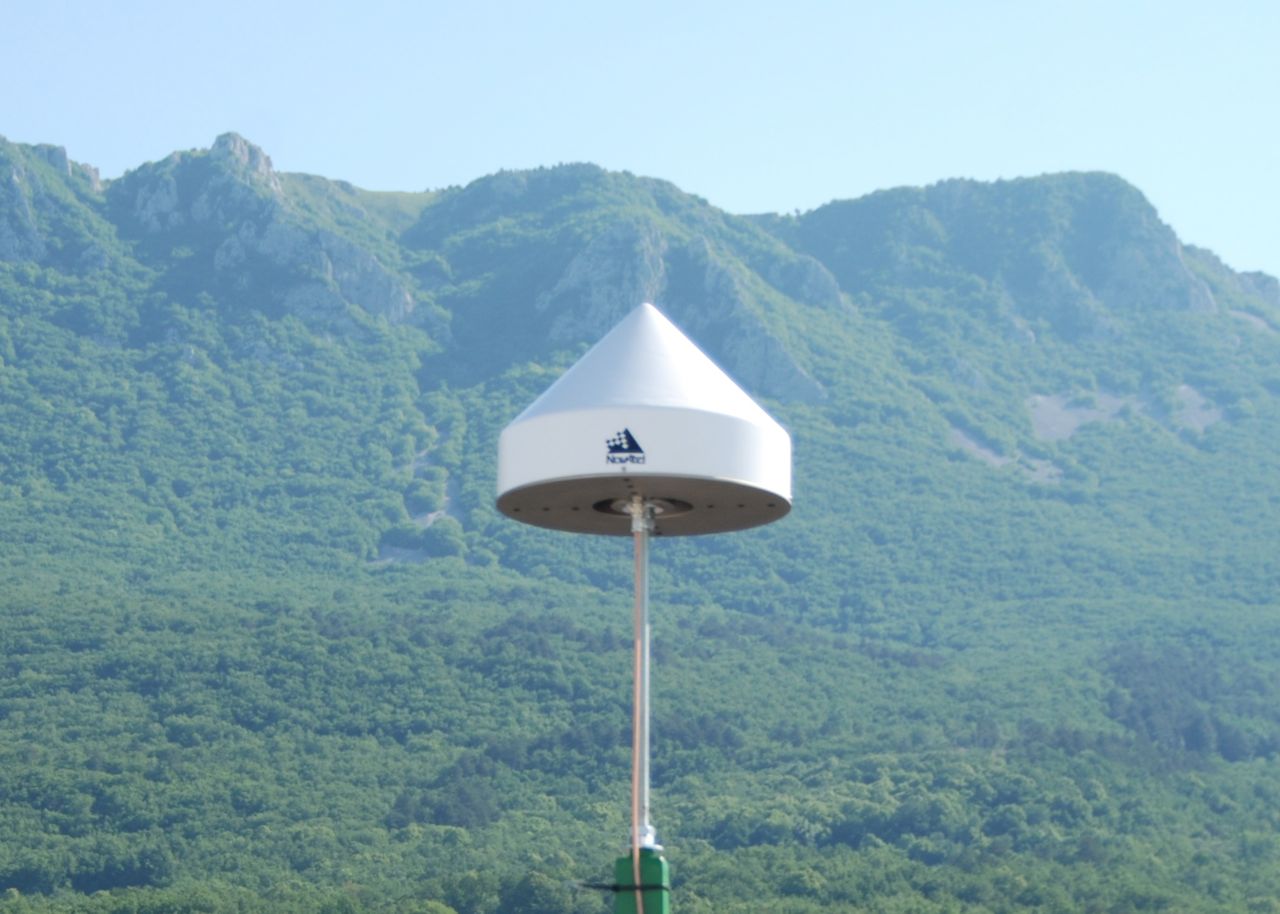
Figure 2: Setup of GPS antennas.
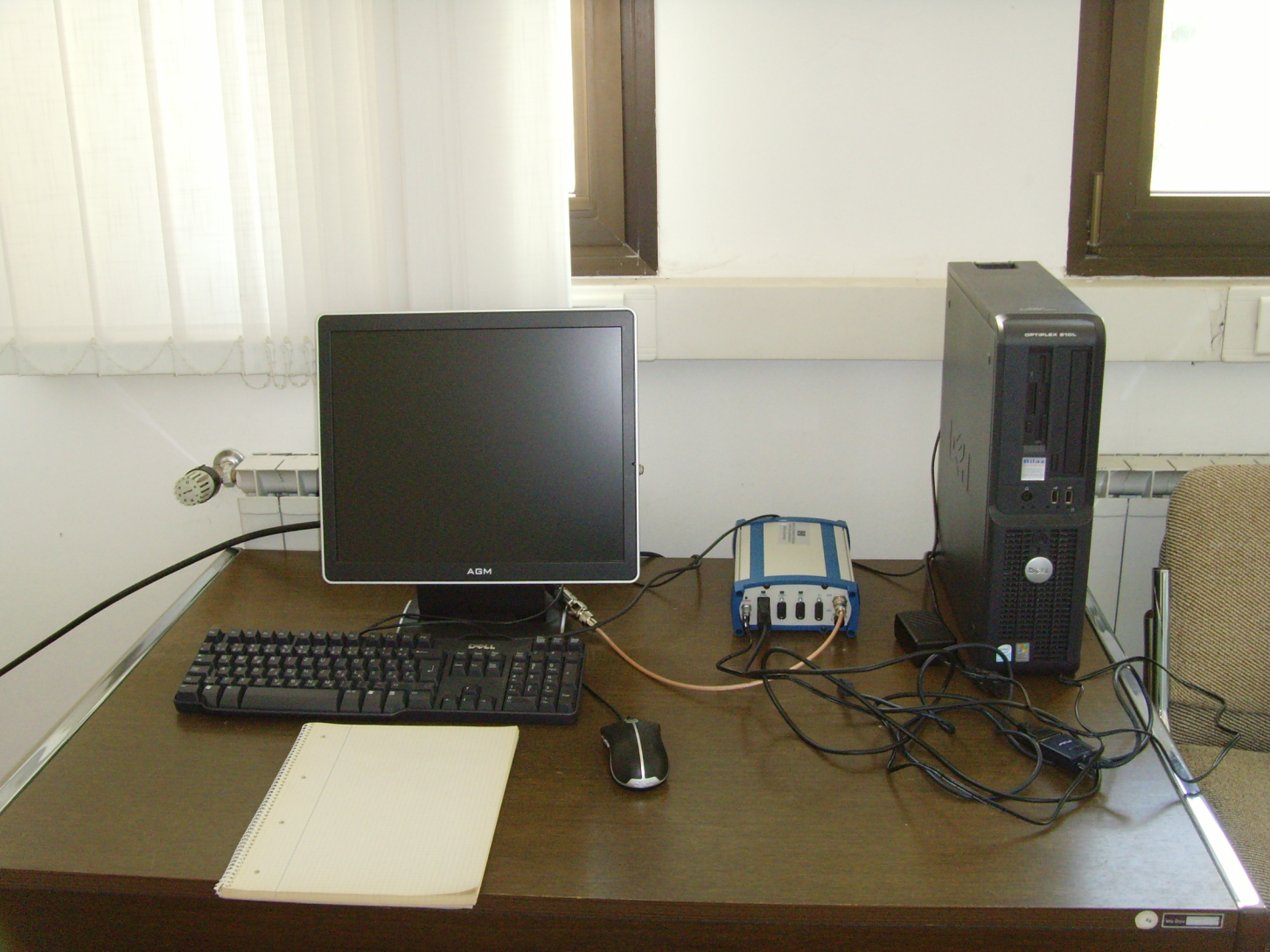
Figure 3: Setup of the GPS receiver and the corresponding PC for data acquisition.
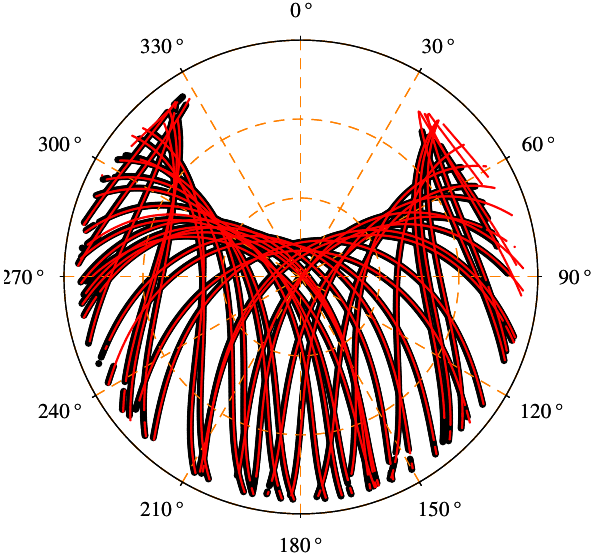
Figure 4: Skyplot obtained from the GPS data showing azimuth and zenith angle positions of all satellites within the view of the GPS receivers. Red curves denote data from Nova Gorica and black from Ajdovščina.